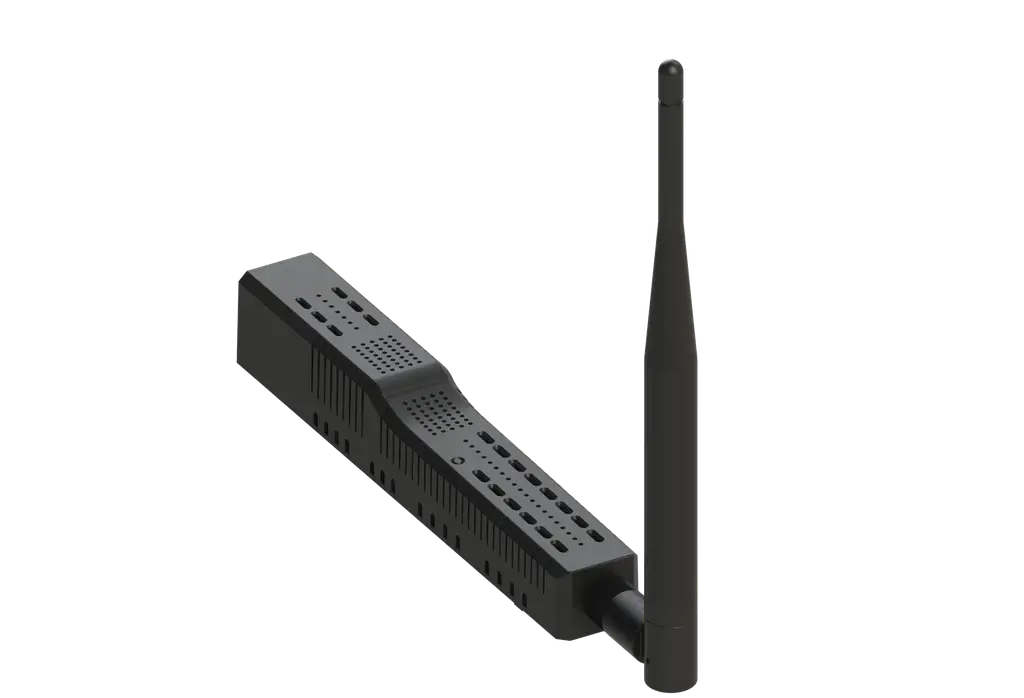In the intricate dance of a Thinking Home, your smart hub is the brain, orchestrating every automation and managing your devices. But for the brain to communicate effectively with its vast network of sensors and switches, it needs a crucial translator – the coordinator. This physical piece of hardware, containing the radio for your Zigbee or Z-Wave network, acts as the mouthpiece for your hub, translating digital commands into the low-power radio signals your devices understand.
Often overlooked, the quality and placement of this single device will have a greater impact on the stability and performance of your mesh network than any other component.
Beyond the USB Stick: The Power of Placement and Design
Coordinators typically come in two main physical forms: USB-connected dongles and network-attached gateways.
- The USB Challenge: While convenient and affordable, USB coordinators can be susceptible to radio frequency (RF) interference. USB 3.0 ports, common on modern computers, are known to generate significant broadband noise in the 2.4 GHz spectrum, which can effectively deafen a nearby Zigbee coordinator, drastically reducing its range and causing intermittent device dropouts . A best practice, if using a USB coordinator, is to always use a well-shielded USB 2.0 extension cable to physically separate the coordinator’s antenna from the host computer’s noise.
- The Network-Attached Advantage: Network-attached coordinators represent an architecturally superior solution. By connecting via an Ethernet cable, they decouple the radio’s physical location from your server. This allows you to place the coordinator in an optimal, central area of your home for the best possible signal coverage, far from potential interference. Many modern network-attached coordinators also support Power over Ethernet (PoE), meaning they can be powered by the same network cable that provides data, simplifying wiring and ensuring your Zigbee/Z-Wave network stays operational even during a power outage when paired with a UPS.
The Silicon Heart: Choosing Your Chipset Wisely
The true performance of a coordinator is dictated by the System-on-Chip (SoC) at its core. It’s essential to avoid coordinators based on obsolete chipsets.
- For Zigbee: Avoid any coordinator using the older Texas Instruments CC2531 chip, as it suffers from severe performance limitations and documented security vulnerabilities. Modern coordinators feature chips like the Texas Instruments CC2652 series or the Silicon Labs EFR32MG21, both offering significantly improved performance and range. The choice between these often depends on your preferred software (e.g., Zigbee2MQTT vs. ZHA) .
- For Z-Wave: Ensure your coordinator uses at least a 700 Series chip, with the newer 800 Series offering major leaps in security (mandatory S2 Security) and features like Z-Wave Long Range (LR) for massive direct communication range on larger properties.
The Act of Intelligent Sovereignty
Choosing your coordinator is a foundational act of Intelligent Sovereignty. It dictates the resilience of your entire system, determining whether your home’s nervous system is a fragile liability or a robust, dependable asset. Investing in a high-quality, properly placed coordinator is crucial for a stable, responsive, and private Thinking Home.
For a comprehensive guide to choosing the right Zigbee or Z-Wave coordinator, including avoiding common pitfalls and detailed hardware recommendations, consult Appendix F: Choosing Your Zigbee and Z-Wave Coordinator in The Thinking Home.

